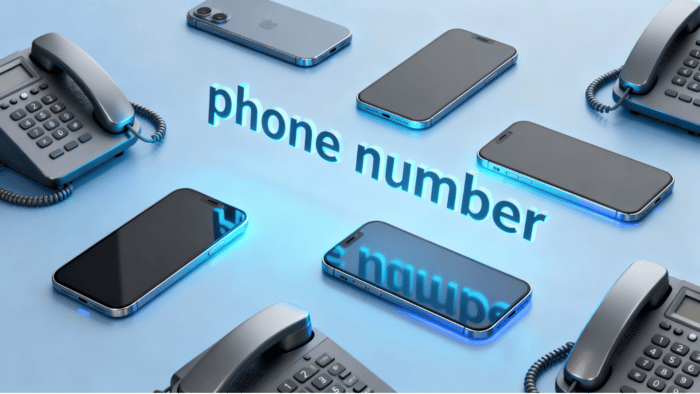Seamless Switching: Unlocking the Power of Number Freedom
In today’s fast-evolving communications landscape, the ability to retain your telephone identity while changing service providers has revolutionized the way individuals and businesses manage their connectivity. The concept of number freedom ensures that your contact number remains yours, no matter the provider you choose. This freedom opens new doors for convenience, cost savings, and operational efficiency.
Understanding the Concept
Number freedom means that users can transfer their existing telephone numbers to a new carrier without the hassle of changing digits and losing contacts. This process enables continuity for both personal and professional communications. Maintaining the same number eliminates the need to notify all contacts of a change, reducing the risk of missed calls or messages. The process is technically supported by a centralized database system that facilitates a quick and secure transition between service providers.
Key Benefits of Retaining Your Number
Stability is paramount in connectivity. For individuals, keeping the same number avoids social disruption and maintains personal accessibility. For businesses, it safeguards brand identity and customer relations by ensuring consistent contact points. This continuity can be critical for marketing campaigns, customer service, and client retention strategies.
Moreover, number freedom empowers consumers to switch carriers to benefit from better plans, enhanced services, or improved network coverage without losing their established number. This competitive landscape pushes carriers to innovate and offer superior service quality and customer satisfaction. It also reduces the barriers to switching providers, providing a more dynamic and consumer-friendly market.
Challenges to Consider
While the advantages are considerable, the transition process is not without its challenges. Ownership verification can complicate the transfer when multiple parties claim rights to a number. It is essential to ensure the rightful user initiates the transfer to avoid legal disputes.
Contractual obligations with existing providers may also affect timing and fees. Early termination penalties or outstanding balances can delay or block the process of switching providers. These factors require users to review their agreements carefully before opting for number transfer.
Additionally, the technical implementation requires precise coordination among carriers to prevent service interruption. Databases require real-time updates, and switching systems must synchronize to maintain effective call and message routing.
The Future of Number Portability
Advances in telecommunications technology continue to simplify and expedite this process, aiming for near-instantaneous transfers with minimal downtime. Enhanced security measures are being implemented to further protect users from fraud during the transfer process.
The introduction of broader number portability options, including geographic and service-type flexibility, promises even greater freedom and convenience in the future, as it adapts to changing user needs and emerging communication platforms.
Check number portability is a critical enabler of user empowerment in today’s telecommunications. It frees users from provider lock-in, enhances competition, and maintains vital continuity in communications. Awareness of the process, benefits, and challenges equips users to make informed choices that maximize their communication efficiency and experience.
This evolving mechanism underscores the importance of seamless switching as a cornerstone of modern connectivity, ensuring that users keep control over their most personal digital identifiers—their phone numbers.
